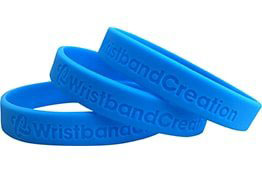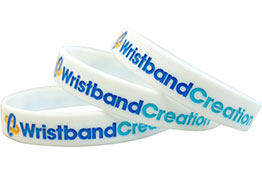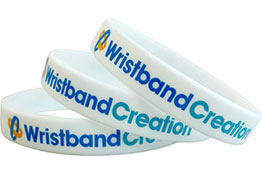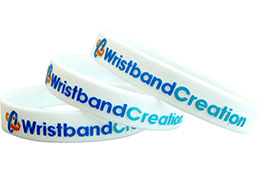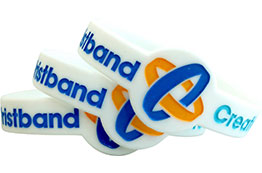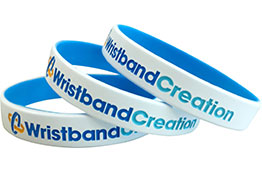If you’d like to wear a tangible reminder of a departed loved one, a cherished advocacy, or a memorable event on your person, then a memorial bracelet is a great choice. Though they have their origins in the military, where soldiers wore them to commemorate missing, imprisoned, or deceased comrades, memorial bracelets are now also frequently sported by civilians for all sorts of reasons. The popularity of these accessories also means that reputable manufacturers like Wristband Creation are more than capable of offering wholesale wristbands and creating rubber bracelets that are personally meaningful for every customer.
This helpful guide answers some of the most frequently asked questions about memorial bracelets, their history and use in modern culture, their care requirements, and much more.
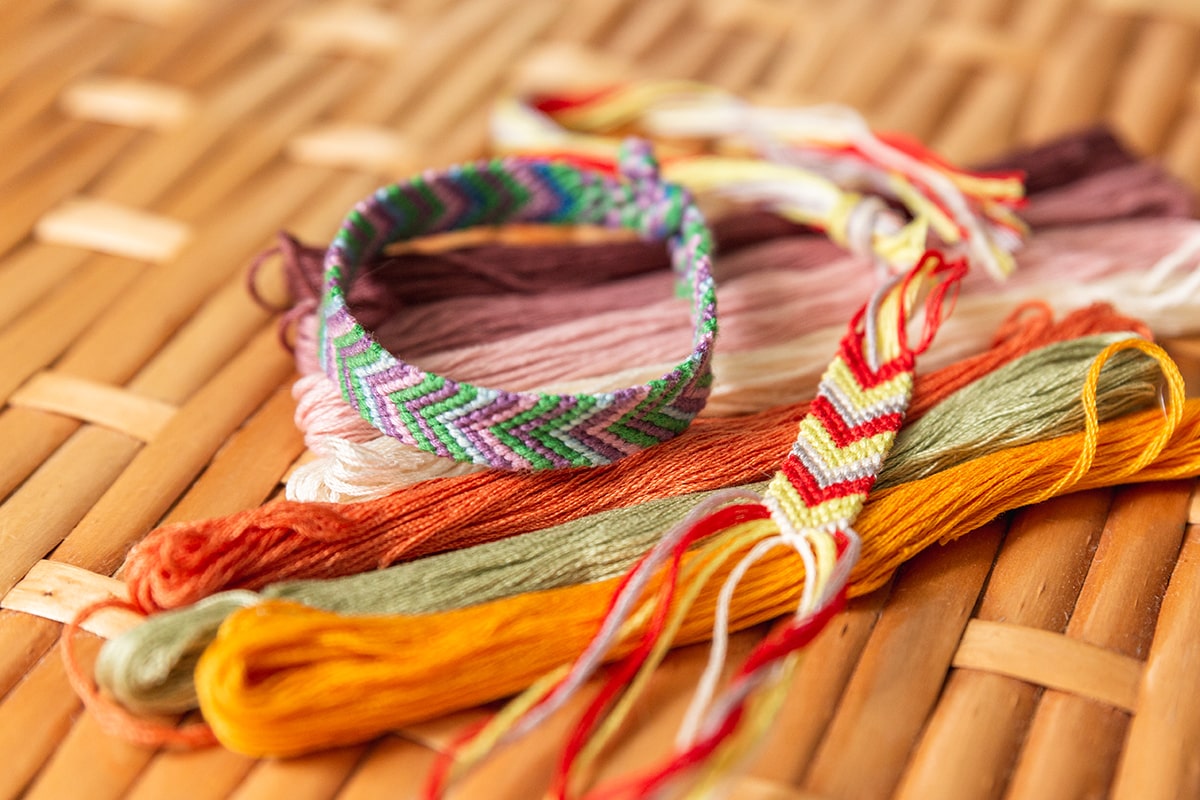
What Are Memorial Bracelets?
As their name implies, memorial bracelets are personalized wristbands designed to commemorate a specific event, person, or cause. Though the earliest military memorial bracelets were metal cuffs, they now come in a variety of different styles and materials, including leather, fabric, and silicone.
While memorial bracelets can certainly be stylish, how they look is often of secondary importance to what they represent. The colors, artwork, and text used on these wristbands are always meaningful, significant, and deliberately chosen. Their most distinct feature is usually an engraved message or image that references the person or thing they’re meant to memorialize. For example, a memorial bracelet can be inscribed with a departed loved one’s name and date of death, a meaningful quote, or an inspirational slogan.
Memorial bracelets aren’t just for personal or sentimental value, either. Individuals and organizations will also frequently produce them in bulk and hand them out as tokens at funerals, fundraisers, and other community events. Used in this way, memorial bracelets can serve as visible markers of solidarity with a particular family, individual, or community. They can also help bring people with similar values closer together or jumpstart conversations about important causes.
Where Did Memorial Bracelets Originate?
Many cultures around the world have worn mourning attire and jewelry throughout history. In many Western societies, for instance, it was customary to wear a black armband made of fabric around the upper arm to indicate that one’s household was in mourning. The first documented instances of this practice occurred around the 17th century, and it continued throughout Europe and the United States well into the post-Victorian era. Because white is the color of mourning in China, Chinese soldiers in the early 20th century sported white mourning armbands instead of black ones in honor of Empress Tzu Hsi.
The metal cuffs worn by American soldiers in the 1970s serve as the most direct inspiration for modern memorial bracelets. These bracelets were originally created as a tribute to prisoners of war and soldiers deemed Missing in Action during the Vietnam War. They were most commonly engraved with the name of a particular soldier and were meant to be worn until that person was found and repatriated. Memorial bracelets commemorating 9/11 were also popular in the early 2000s, particularly among family members of victims and first responders.
In the years since, memorial bracelets have only become more popular. They may be worn today to honor military servicemen, firefighters, police officers, deceased family members, and many others. We may also wear them in honor of the advocacies that matter to us or to celebrate significant events.
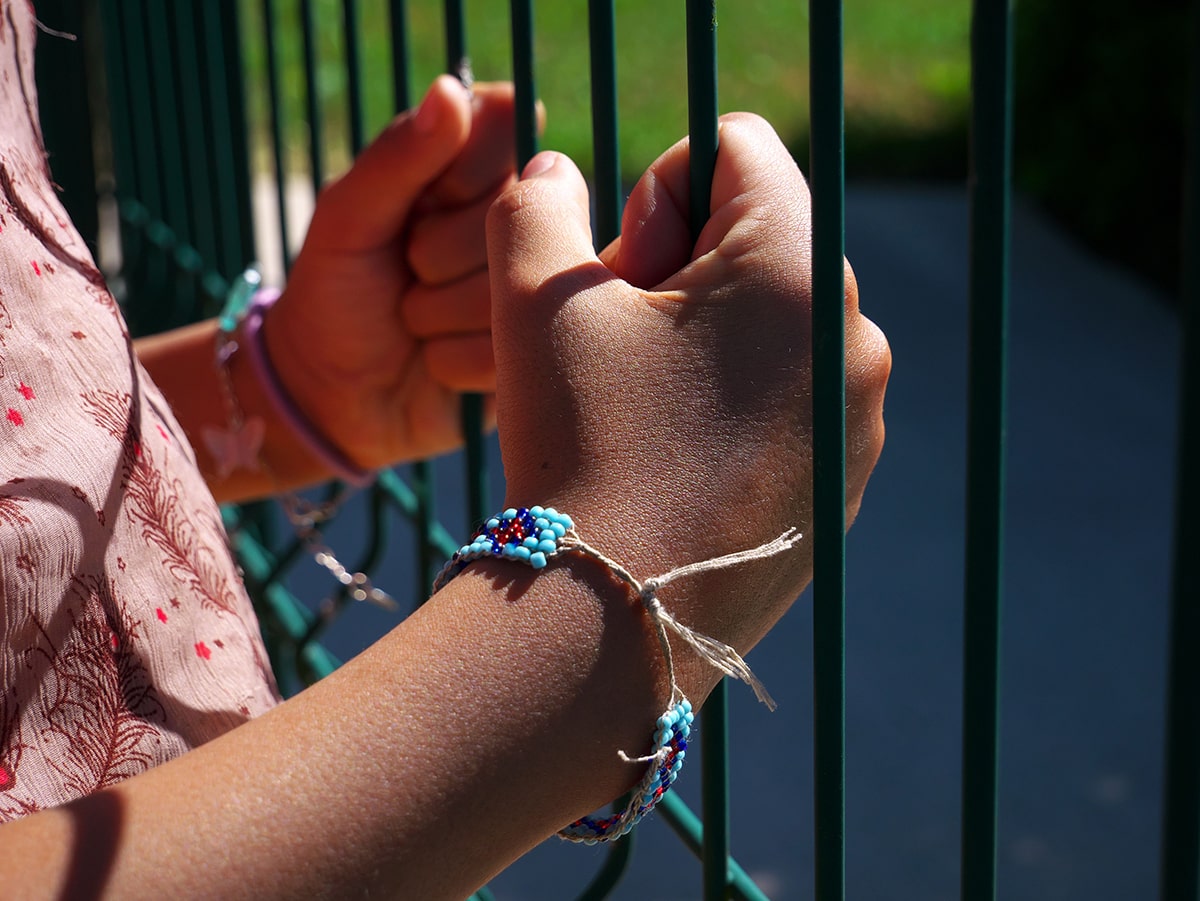
How Do You Wear a Memorial Bracelet?
Anyone can wear a memorial bracelet. While most people wear them in honor of someone they personally knew, you can also do so as a show of empathy and solidarity for people who have lost loved ones. Many people will also wear memorial bracelets to raise awareness about social movements and other causes.
There is generally no etiquette for which wrist to wear your memorial bracelet on, so feel free to do whatever you find most comfortable. Most people choose to wear memorial bracelets on their non-dominant hands so that the bracelet doesn’t interfere with their daily activities.
You may also want to orient your memorial bracelet such that any engravings or art on it are face-up and turned toward you. This will make it easier for you to see them and remember what you’re wearing the bracelet for in the first place.
When and how often you remove your memorial bracelet are also completely up to you. If your bracelet is made of durable, comfortable, waterproof materials, it’s entirely possible to simply keep it on all the time. Others remove their bracelets when it’s time to shower or sleep, just as they would with any other piece of jewelry.
Of course, even if you mean to wear your memorial bracelet indefinitely, you may still have to take it off in particular circumstances.. For example, you’ll definitely have to remove metal bracelets when you pass through security checkpoints with metal detectors at airports and other similar places. Certain medical procedures may also require you to remove all jewelry before proceeding.
How Do You Care for a Memorial Bracelet?
Memorial bracelets are made to be durable, but caring for them properly can keep them in good condition for even longer. These helpful tips can help you extend your memorial bracelet’s lifespan:
- Keep your bracelet out of direct sunlight. Don’t place your bracelet on your car dashboard, on sunny windowsills, or any other surfaces where it will be exposed to light and heat for long periods.
- Don’t expose your bracelet to harsh chemicals. Doing so can alter its color. Remove your bracelet when cleaning or washing dishes to prevent it from coming into contact with any cleaning products you use.
- Take your memorial bracelet off before bed. If you’d like to wear your bracelet all the time, consider a compromise and have it on for every waking hour instead. Even if you don’t have a habit of tossing and turning at night, you may still stretch, snag, or even break your bracelet while sleeping.
- Don’t fidget with your bracelet. Stretching and removing your bracelet often will eventually strain the band. This goes double for leather or silicone bands, which are likely to tear or snap under repeated pressure.

What Kinds of Memorial Bracelets Are Available from Wristband Creation?
Wristband Creation’s catalog contains a wide selection of customizable wristbands you can easily make into engraved memorial bracelets. Our silicone wristbands are among our most popular offerings and come in a variety of styles, including:
Debossed – The message and artwork are stamped into the body of the wristband using customized molds.
Deboss-fill – The design is debossed and then filled with colored ink. This particular style is ideal for those who’d like standout designs for their memorial bracelets.
Imprinted – These are the most economical option and ideal for customers who’d like to produce bracelets in bulk for the lowest possible cost. Your design will be imprinted onto the wristbands through silkscreen printing.
Embossed – The opposite of the debossed style, embossed wristbands have the text and other design elements raised instead of pressed into the accessory’s surface. This creates a pop-out effect that’s sure to draw the eye..
Emboss-Printed – The embossed surface designs are oil-sprayed with the client’s chosen colors. This is the costliest wristband style, but also one of the best-looking.
Figured – The body of the wristband features a larger circle which can be personalized to show a logo or another symbol.
Dual-Layer – Dual-layer wristbands have a glossy, oil-sprayed outer layer and a differently colored inner layer.
In addition to our silicone wristbands, we also offer a wealth of woven, leather, and even magnetic options you can use for your personalized memorial bracelets.
We at Wristband Creation will happily work with you to produce high-quality bracelets that are personally meaningful to you and yours. Get in touch with us today and we’ll gladly assist you with any questions or concerns you might have.




